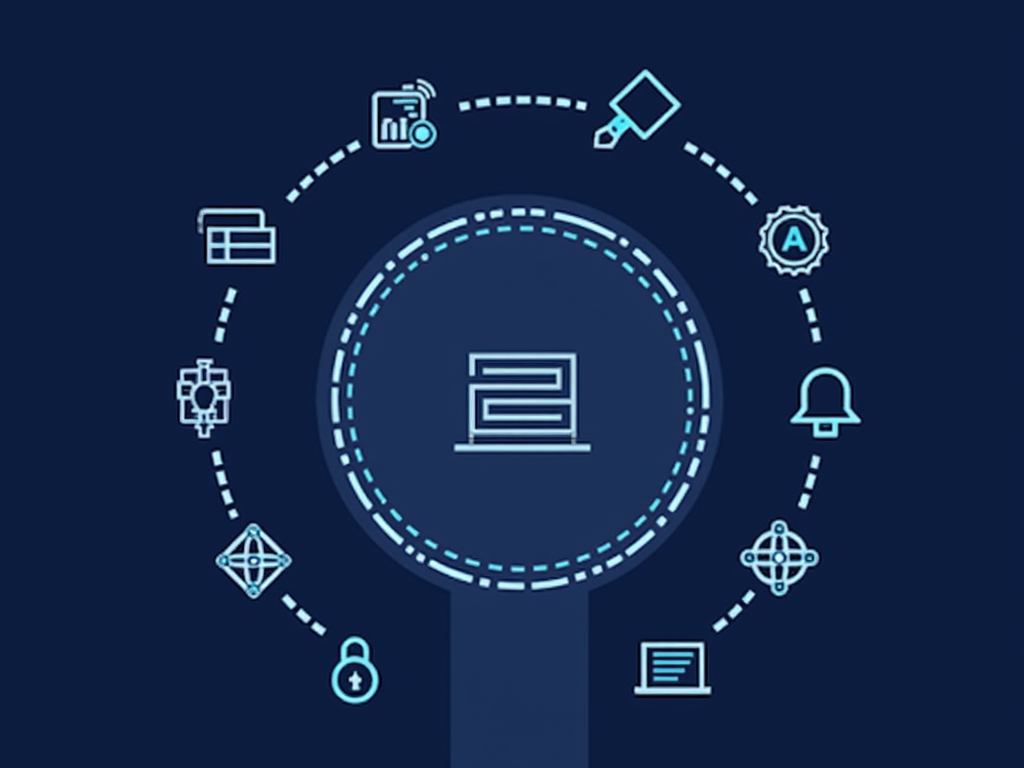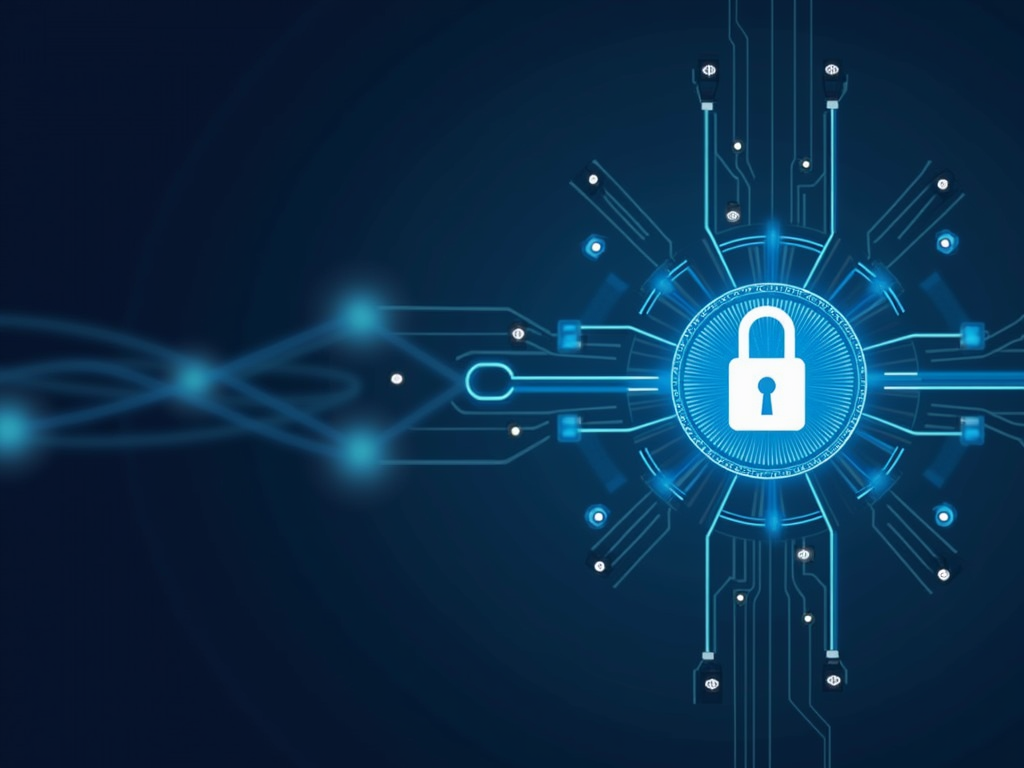Implementing an Effective Secure SDLC Pipeline
As software development becomes increasingly complex and interconnected, ensuring the security of the entire lifecycle has become crucial. A Secure Software Development Life Cycle (SSDLC) is a process that integrates security practices into each phase of software development. In this article, we will explore how to implement an effective secure SDLC pipeline.
Why Secure SDLC?
In today’s digital landscape, software security is no longer just an afterthought. With the rise of cyberattacks and data breaches, it has become essential to build software with security in mind from the outset. A Secure SDLC ensures that security considerations are integrated into every phase of software development, reducing the risk of vulnerabilities and ensuring compliance with regulatory requirements.
Phases of a Secure SDLC
A secure SDLC typically consists of the following phases:
Phase 1: Requirements Gathering
- Define the project scope and objectives
- Identify stakeholders and their roles in the project
- Gather security requirements from stakeholders, including data classification and sensitivity levels
Phase 2: Design
- Create high-level design documents that incorporate security considerations
- Develop secure architecture diagrams and threat models
- Conduct security assessments and vulnerability scans during the design phase
Phase 3: Implementation
- Implement security controls and features throughout the development process
- Use secure coding practices, such as input validation and error handling
- Perform regular security testing and code reviews
Phase 4: Testing and Quality Assurance
- Conduct security testing, including penetration testing and vulnerability scanning
- Test for compliance with regulatory requirements and industry standards
- Identify and address vulnerabilities found during testing
Phase 5: Deployment
- Deploy the software in a secure environment
- Implement security monitoring and incident response plans
- Continuously monitor the software for security issues and vulnerabilities
Best Practices for Implementing a Secure SDLC
- Involve Security Teams Early: Include security teams in early phases of development to ensure that security considerations are integrated into every phase.
- Use Secure Coding Practices: Use secure coding practices, such as input validation and error handling, throughout the development process.
- Perform Regular Security Testing: Conduct regular security testing, including penetration testing and vulnerability scanning, to identify vulnerabilities and address them early on.
- Implement Continuous Monitoring: Implement continuous monitoring of software for security issues and vulnerabilities, ensuring that any potential issues are addressed promptly.
- Train Developers: Train developers in secure coding practices and the importance of integrating security into every phase of development.
Tools and Technologies for a Secure SDLC
- Security Testing Tools: Use tools like Burp Suite, ZAP, or Web Application Security Scanner to perform vulnerability scanning and penetration testing.
- Secure Coding Analysis Tools: Use tools like SonarQube, CodeSonar, or Klocwork to analyze code quality and identify security vulnerabilities.
- Incident Response Platforms: Use platforms like Splunk, ELK Stack, or Sumo Logic to monitor and respond to security incidents.
Conclusion
Implementing an effective secure SDLC pipeline is crucial in today’s digital landscape. By integrating security practices into every phase of software development, you can reduce the risk of vulnerabilities and ensure compliance with regulatory requirements. By following best practices and using tools and technologies designed for secure SDLC, you can ensure that your software is secure, reliable, and compliant. Remember to involve security teams early, use secure coding practices, perform regular security testing, implement continuous monitoring, and train developers in the importance of integrating security into every phase of development.



